For two months, through its Gender Parity: Architecture Profession in Post-Binary India initiative, ArchitectureLive! has been introducing conversations on gender disparity in the architecture profession. One of our previous articles on the issue even questioned if ‘Architecture is a Man’s World‘. But, this read is not another reference to the absence of women in Architecture. On the contrary, it is a response to ‘Where are the Women in Architecture?’.
They are Right Here, in the profession. They have been here for decades. They have won awards, represented their works on different platforms, helmed leading practices and contributed to the architectural landscape.
This could be in the form of the 1200-plus projects designed and completed by Architect and Urban Designer Sheila Sri Prakash- the first woman to establish her independent architecture practice in India or the buildings in Chandigarh designed by Eulie Chowdhury- Director of the School of Planning and Architecture, Delhi from 1963-1965, or Perin Jamsetjee Mistri, whose qualification in 1936 as India’s first architect who was a woman inspired an anonymous letter thanking her for ‘stepping out of the house’ on behalf of those staying in. Ironically, 15 years after this letter, it was a woman (Eulie Chowdhury) who served as the interpreter and the source of contact between Hindi and English-speaking Indian workers and team members and French-speaking Corbusier.


These architects paved the way for a multitude of women, inspired even more, and, safe to assume, awed a greater number. Whether it was Mumbai-based architect Vina Mody, who hired Hema Sankalia in the 1950s on construction sites alongside skilled workers, thereby giving one of India’s early architects who were women a medium to complete her mid-way-left Architecture Education or Perin Mistri who was famously quoted “If men were compelled to do housekeeping, they would realise how avoiding cornices, carved ornament and other dust-traps was an advance.” in a debate in architectural school, women though lesser cited than men have left their imprints on the profession and the urban environment. They laid the foundation for several ideologies and practices in the architecture industry.

In 1962, Sankalia (along with her husband) and Mody formed Contemporary Arts and Crafts- a lifestyle store in a city dealing with receding British influence and the disappearance of Colonial-established stores. Contemporary Arts and Crafts- a stimulus for modern design, became a design haven for interior designers and customers alike. By involving local artisans and crafts, the store propagated ‘Make in India’ six decades earlier than the Indian Government did.
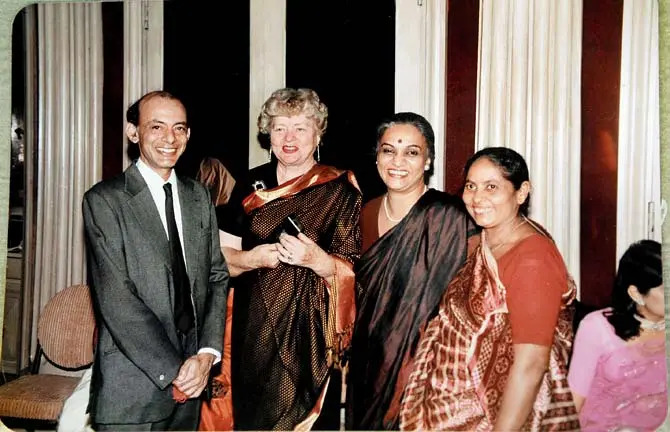
Sankalia further went on to become one-half of one of India’s first female partnerships with Architect Pravina Mehta. The latter, along with Architect Charles Correa and Civil Engineer Shirish Patel, conceptualized and proposed the Navi Bombay plan in 1964, and along with the pioneer of modern architecture in Sri Lanka- Minnette De Silva and Pakistan’s first female architect Yasmeen Lari developed low-cost housing for the upliftment of slum dwellers and earthquake-affected communities.
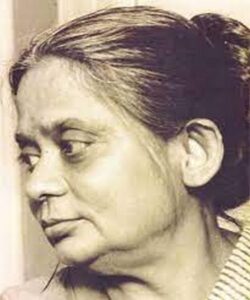
Separated by several decades, Pravina’s drive to work for the marginalized can be observed in several young architects of India, such as Swati Janu and her practice, Social Design Collaborative- the minds behind the modular design of the low-cost school Modskool. Despite being architects from two different eras, Pravina and Swati could be considered an equally ideal representation of the research findings of Mary N. Woods- an author and architectural historian at Cornell University, on women in Indian Architecture.
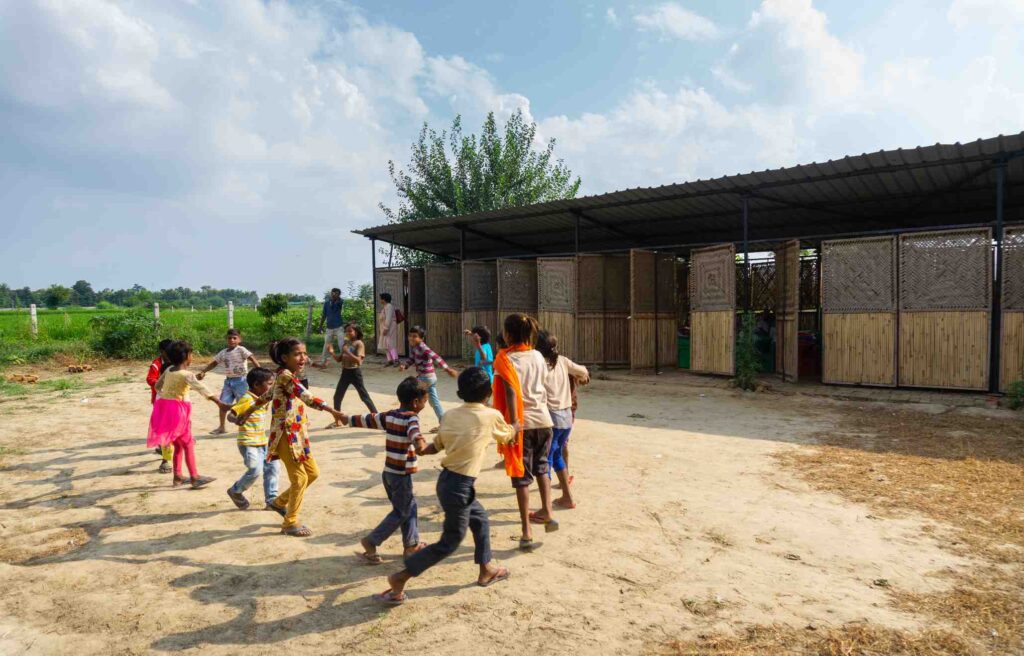
In her 2016 book, ‘Women Architects in India: Histories of Practice in Mumbai and Delhi’, Mary put forth her research on Indian architects, wherein she concluded that women in Indian architecture were more involved in social activism and the upliftment of marginalized communities. They were more likely to work on sustaining tangible and intangible heritage and culture, discarding iconization and starchitecture.
The engagement of architects like Brinda Somaya and Neera Adarkar with heritage conservation and preservation can further corroborate these findings. Brinda and Neera, two architects belonging to what the former refers to as the ‘bridge generation of architects’, are among a group of Indian architects incorporating tradition with their modern works. (The latter is also one of the founder trustees and chairperson of the School of Environment and Architecture (SEA).) In this group of Indian architects, 2021 RIBA Charles Jencks Award winner Anupama Kundoo is perhaps the most cited younger inspiration. In a field often quoted as a service for the elite, the Auroville-based architect is known for incorporating low-cost vernacular materials into modern structures.
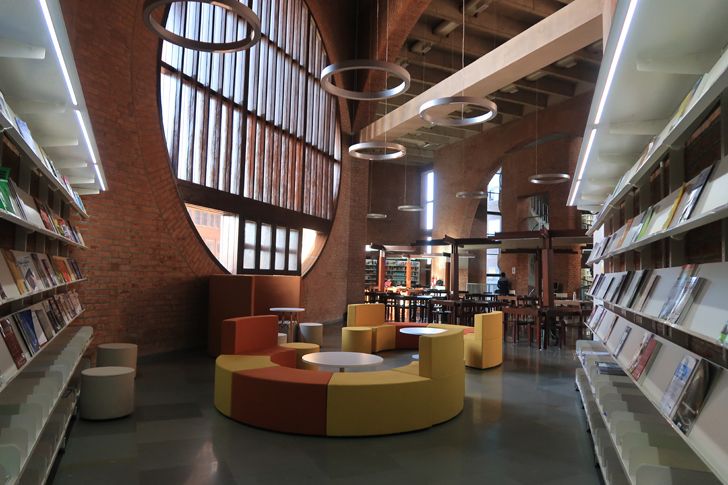

I see my projects as opportunities to build knowledge and build community. Architecture is not just a product but rather the result of building processes; time needs to be invested in rethinking building habits despite the sense of urgency triggered by rapid urbanization.
Anupama Kundoo
From her own house, executed at a total cost of 1 million rupees, to the cost-effective housing at Sangamam, which saw a combination of the age-old rammed earth along with cement stabilization, one only requires to go through the architect’s intriguing techniques and approach to understand why she discards the theory of architecture being an elitist profession.

I do not see architecture as an elitist profession at all. Everyone uses architecture; users and makers- all are involved in shaping the architectural landscape. Our built environment is the physical stage on which all human stories are lived. This physical stage is the historical and ongoing manifestation of human imagination operating within real (or imaginary!) constraints. I believe in the potential of architecture to address complex intersections of urbanization, people, technologies, resources, and the environment within the context of growing affordability issues.
Anupama Kundoo
In contrast to Anupama’s perspective regarding elitism in architecture, Bhawna Jaimini- an architect based out of Mumbai, refers to Architecture as a profession rooted in elitism. Actively involved towards improving the built environment of children and women belonging to marginalised communities, the architect calls out the basis and origin of the profession being rooted in elitism, the celebration of inequality and the exploitation of resources for and by the rich.
Whether we like it or not, there are very few alternative financial models available with architects to create a practice which does not depend on the patronage of the powerful and the rich. However, it is heartening and inspiring to see and be part of a growing tribe of practitioners experimenting and expanding the rigid understanding and application of architecture for socio-economic parity.
Bhawna Jaimini

Bhawna belongs to a young group of architects who call this not just an architect’s responsibility but believe in conditioning the rich and powerful to ensure the subject’s relevance as socially and ecologically significant.
I also feel there is an urgent need for a paradigm shift in the thinking, structuring and functioning of so-called ‘standard’ architectural practices, engaged in designing and building for those with access, money and power; it is only through instilling a sense of social and environmental responsibility amongst the rich, that we will be able to create an equitable world.
Bhawna Jaimini
Despite varying perspectives, both Anupama and Bhawna are actively working towards promoting societal well-being with their respective ideologies.
As practitioners like me advocate for improved built habitats for the marginalised, I urge my fellow architects to convince the rich to consume less. Because no matter how sustainably or eco-consciously you build your client’s fifth farmhouse in a country where millions are homeless and vulnerable to the climate crisis, it will continue to be a vain act that makes a mockery of the poor.
Bhawna Jaimini
I believe the changing future is approaching us rapidly, and past knowledge may fall short (the population continues to soar while finite natural resources are depleted). Hence architectural imagination must transcend design and enter the realms of materials science and economics, where some of the bigger questions reside.
Anupama Kundoo
With an amalgam of tradition and modernity, Anupama’s works ensure a connection to one’s roots and culture. Culture and heritage are perhaps the strongest identity markers of a community, providing a sense of belonging. One organisation working towards conserving this tangible and intangible heritage is Delhi-based Dronah, led by International Expert on World Heritage Shikha Jain. A frequent representative of India on International platforms as a Cultural Heritage expert, Shikha leads a team of heritage conservationists who consider architecture, design, and heritage conservation as meaningless and unsustainable unless they connect with the people and the surroundings and are inclusive at all levels.
Our approach towards any Project is to address the ‘Process, People and Places’ in its entirety. The role of stakeholders and dialogue with them is essential to establish the appropriateness of any design, reuse, or conservation intervention.
In the context of conservation in India, we observe the importance of the continuity value- the advantages of the site/settlement being valued throughout its existence, to the site itself and to the community, the traditions and events, traditional materials and technology which in turn further people’s associations with events and linkages. We recognize that when any historical architectural form is valued continuously as a living, the dynamic heritage retains its character even without any heritage legislation or official protection because of this inherent value for the community.
Shikha Jain
Resonating with the philosophy of considering communities a part of heritage is another Delhi-based conservation architect, Gurmeet Sangha Rai, Founder and Director at CRCI. Referring to conservation as a medium to care, Gurmeet points out the contribution of the inclusion of the environment in heritage to providing space for all.
The discipline of architectural conservation has evolved over the past several decades to include the environment- the ecosystem and rights of communities- more specifically, those vulnerable. An ethic in professional practice has thereby developed to give a voice and space to include all.
Gurmeet Rai

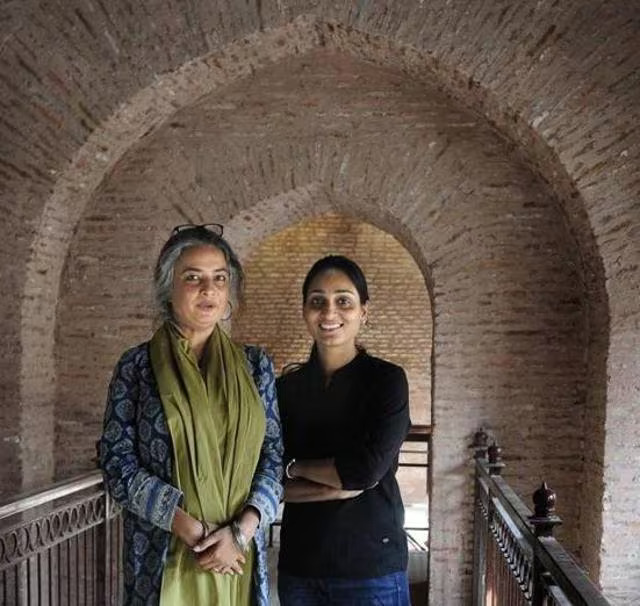
Gurmeet further elaborates on the connection between the built and the new. The former’s study, especially its materials and techniques, provides one with sustainable design solutions for the upcoming built.
Understanding the embedded knowledge in the vernacular or architecture built before the introduction of materials that require fossil fuel for their production gives insights into sustainable building practices. Building new and conserving heritage buildings are anchored in similar principles applied in the works of a few inspiring architects- for instance, Chitra Vishwanathan, Savneet Kaur and others. Not only do these buildings provide shelter, but they are also responsive to the live energy forces such as harnessing the movement of air, conservation of water as an invaluable resource, and using and protecting from the sun as per the need to create optimum comfort for the inhabitants, among several others.
Gurmeet Rai
Representing the country’s North and South ends, Savneet and Chitra belong to the school of architects resorting to alternate building practices. The latter, Managing Director at Bangalore-based biome solutions, is known for incorporating water conservation and sanitation technologies in architecture while using earth as the building material. The former, whose firm Imarat architects is synonymous with mud architecture, cites Kangra-based and American-born Didi Contractor as the inspiration who prompted her to first work with mud architecture.


Self-taught in architecture, Didi Contractor was an American artist who relied on using local building materials. She designed the Dharmalaya institute- a nonprofit educational organisation in Dharamshala.
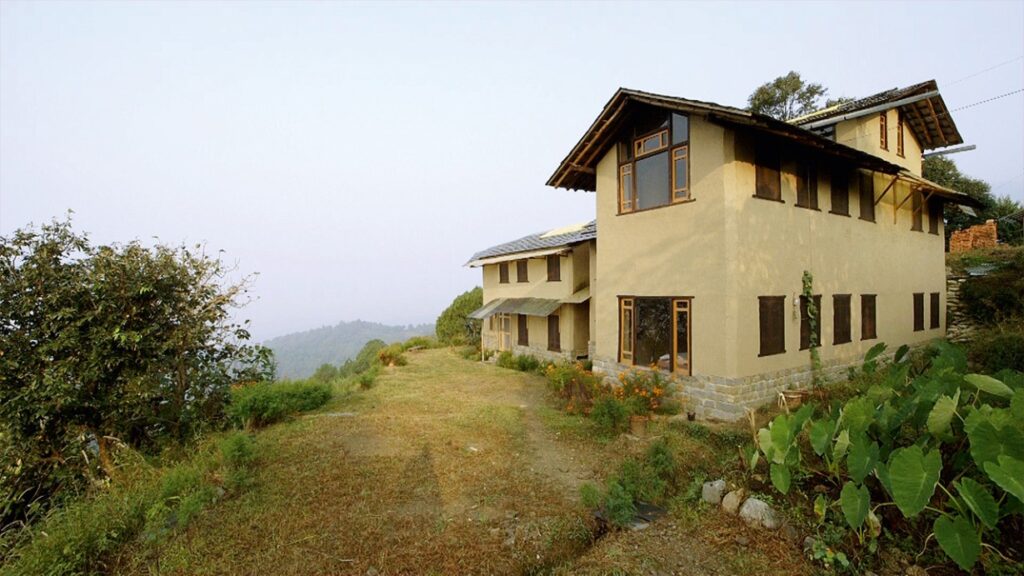
In Delhi was another pioneer of mud architecture in India, Revathi Kamath, who dedicated her life to working with indigenous techniques and materials. Among her laurels and awards were the prestigious Aga Khan award and the design of India’s (and South Asia’s) tallest stainless steel structure- JSPL Gateway. As an architect known for her contextually and socially sensitive projects, she designed the latter as a reinterpretation of tribal designs for swings and ladders in 2006.
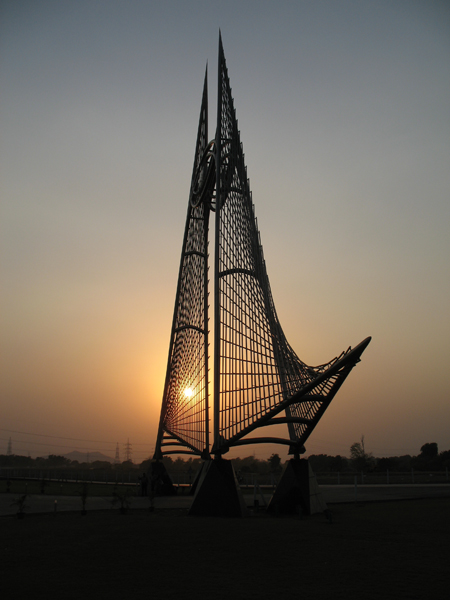
Despite this contribution, a dismissive attitude regarding the significance of women in Indian Architecture has been persistent, perhaps in different notions and varying extents- women as architects have been manoeuvring their way through what was (and is?) a profession dominated by males.
When a woman is truly committed to her career, when there is an inner compulsion, she ceases to regard herself as a woman but only acts as a professional.
Pravina Mehta on working in a male-dominated profession
This saying by Pravina came at a time when the representation of women in architecture was scant at both the professional and academic levels. But, with each generation, more women are grabbing headlines, recognition and contributing to the visibility of women in architecture.
They are not just looking at the present. From Anupama’s explorations with materials suited for society’s changing aspirations to Swati’s Modskool, which can be dismantled in minutes if required- they are taking the future into account too.
My investigations have included finding practical ways to fulfil the universal human aspiration for refuge, purpose, and social engagement through extensive material research and experimentation. I look upon ‘Human Time as a Resource’ in the quest for new materiality while critically examining the way the time value of money has nudged us towards code-based design and the industrialized production of building components and, sometimes, even entire buildings themselves. I think the materiality and consumption of finite natural resources should be discussed alongside their impact on human well-being and resourcefulness.
Anupama Kundoo
While women have made a mark in every vertical of Indian Architecture, it is no hidden truth that architecture- profession and academia alike, tends to relegate women to the background. In an already exhaustive profession, it is only natural for gender bias to act as a catalyst for mental burn-outs for architects. Pointing out the same and urging everyone to take their mental health seriously, Dr Anuradha Chatterjee, Academic Practitioner, Mentor and Leader (India and Australia), states
In the spirit of feminist principles and practices in architecture, I urge you all to take mental health very seriously in the academy and industry. As a transnational practitioner who has studied and worked in Australia and India, I have experienced the pressures of performance and perfection, not unlike many others, required of architecture students, PhD students and working professionals. And whether students drop out of architecture or equally a PhD programme, or architects leave the profession, suffer burnout at work, or have health issues, it is never about the strength of the individual but whether the culture supports mental well-being. The narrative on mental health has now changed to include this as part of social responsibility. In architecture in Australia today, mental health is a major concern, driving current research. Quoting from the same, “Architecture can be an enormously rewarding field of work; however, industry research shows that constant or excessive working hours can take a toll on architects and those around them. Common mental health issues associated with long working hours and unrealistic deadlines include depression, anxiety and low self-esteem. This can impact other areas of work, for example, poor decision-making or difficulties identifying priorities and can have consequences- not only for an individual but the employer and /or practice (Australian Institute of Architects 2019).” I hope today in India, we can similarly all take the pledge this International Women’s Day to commit to this cause.
Dr Anuradha Chatterjee, Academic Practitioner, Mentor and Leader (India and Australia)

Circling back to the beginning of this article- Women have been in Architecture since Pre-Independence. They have made invaluable contributions to the field of Architecture in India, which has and continues to inspire many others. What started with a secret admirer’s words of gratitude to Mistri has today led to 44% of the country’s registered architects being women- a ratio higher than most countries. While this number stagnates as one climbs the ladder, each level has women in it. From humble structures to skyscrapers, landscapes to factories, and transit to malls- the architecture we inhabit and the infrastructure we use are often designed by women.
But, the disparity exists. It is visible from the numbers the Council of Architecture has published on its website. In this number of women that we count as missing from (or have left) mainstream architecture, we often fail to consider those who made a shift from core architecture practice. The profession of architecture is not just limited to building. Without getting involved in the intricacies of contractors, sites and building- one can still contribute to the profession. Allied fields of mainstream practice, such as academia, writing, journalism, documentation, photography and research, have all played a part in shaping modern architecture- whether it is journalist Shiny Verghese’s critiquing the built and building practices or analysing the unbuilt, Architect Sabrina Khan documenting Old Ahmedabad’s heritage, or Nivedita Gupta capturing the execution of a project- contemporary architecture is not just the product of drafting boards.
While the field has progressed in terms of the representation of women, we cannot negate the gender barriers and bias that continue to persist- Boardrooms still observe a poorly balanced ratio of males and females, while hesitation and discomfort surrounding an architect who is a woman is still not a topic consigned to history. As mentioned by Kerala-based architect Rajshree Rajmohan, “Every day is a battle”. We revisit Pravina’s advice of getting absorbed in work such that gender stops being a topic of discussion- advice perhaps too simple for dealing with the complexities revolving around gender and architecture.
But, with each woman entering into the field of architecture, several are getting inspired. The discourse has begun! And, we hope (and believe) that the profession is edging towards embracing gender inclusivity. For that, these, among many, are the women we need to thank!
References (Dr Anuradha Chatterjee)
- Australian Institute of Architects, Mental Health in the Profession, https://acumen.architecture.com.au/practice/human-resources/mental-health-in-the-profession/
- Byron Kinnaird. “An Anxious Discipline.” Parlour. 23 September 2016, https://parlour.org.au/opinion-analysis/an-anxious-discipline/
- Naomi Stead and Maryam Gusheh. “Work-Related Mental Wellbeing in Architecture.” Architecture Australia, March 2020, https://architectureau.com/articles/work-related-mental-wellbeing-in-architecture/




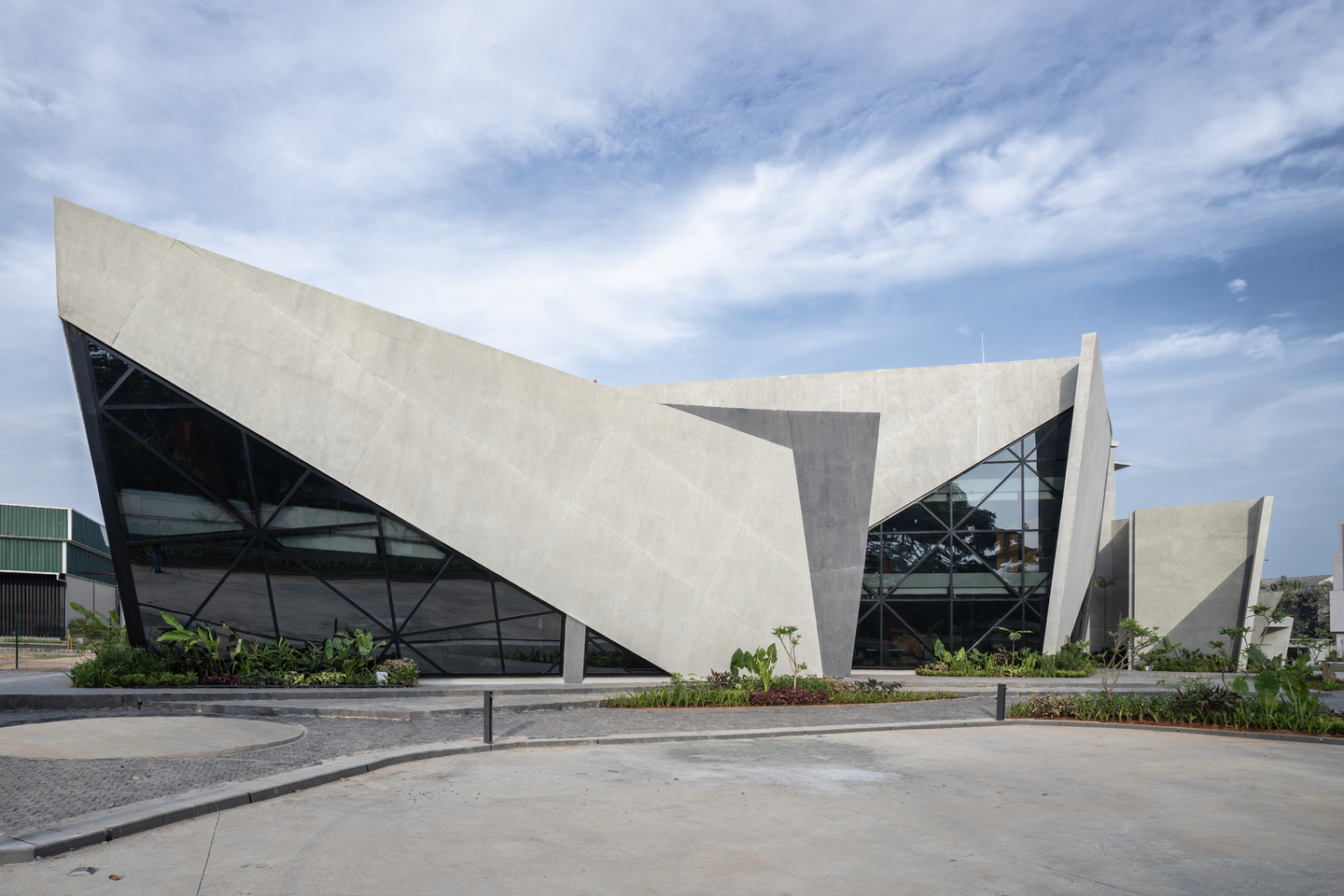


3 Responses
Very interesting and informative article.
This list could have surely included Abha Narayan Lambah, or is that just a slip up ?
Eye opener….. Well researched article. Proud to be a women architect, doing my bit…